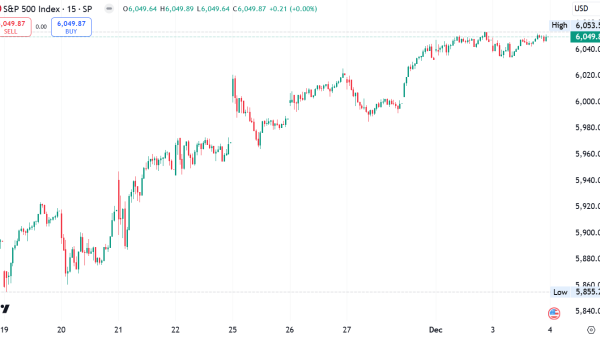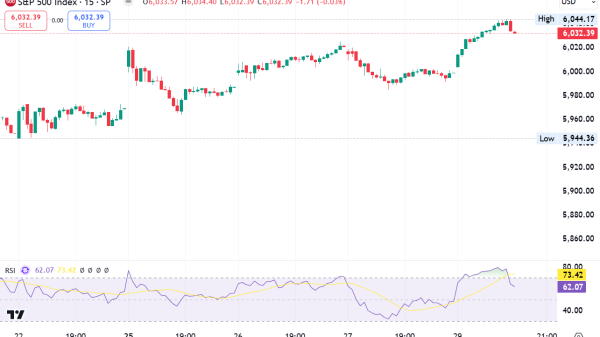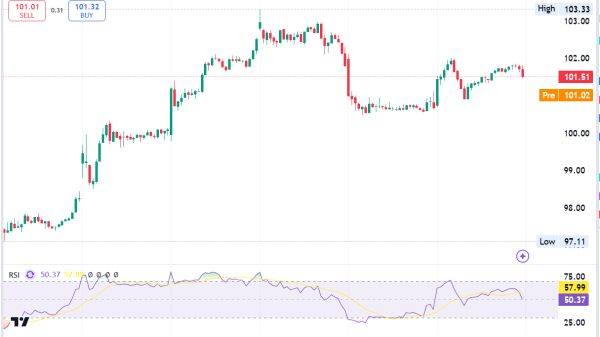Brent crude Drops to $83.35, WTI to $78.59 Amid Cuts
Brent crude futures dropped by 0.36% to $83.35 a barrel, while WTI fell to $78.59.
U.S. crude stocks saw a significant increase of 8.43 million barrels.
OPEC+ is considering extending its output cuts, potentially affecting global oil markets.
Oil prices experienced a downturn in Asia on Wednesday, influenced by several key factors that have investors and market watchers on alert. Initially, the market received a boost from the anticipation of extended output cuts by OPEC+. However, this momentum was short-lived as the prospect of a delayed U.S. rate-cutting cycle, coupled with a surprising rise in U.S. crude inventories, applied downward pressure on prices.
Federal Reserve Governor Michelle Bowman’s comments added to the market’s cautious sentiment. Bowman indicated a reluctance to cut U.S. interest rates in the near term, especially given the potential risks to inflation. This stance suggests a more conservative approach to monetary policy, which could have wide-ranging implications for commodity markets, including oil.
Crude Stocks Surge by 8.43M, Gasoline Drops 3.27M
The American Petroleum Institute’s recent report, revealing a substantial increase in U.S. crude stocks by 8.43 million barrels for the week ending February 23, starkly contrasted with the market’s earlier optimism. Additionally, gasoline inventories dropped by 3.27 million barrels, and distillate stocks decreased slightly by 523,000 barrels. These inventory shifts reflect ongoing adjustments in the market, further complicating the outlook for oil prices.
Despite these pressures, the market had rallied the day before, driven by reports that OPEC+, led by Russia and other allies, might extend their voluntary output cuts into the second quarter. This potential extension, seen as “likely” by some OPEC+ sources, with discussions of prolonging cuts until the end of 2024, underscores the complex interplay of supply dynamics influencing global oil prices.
China’s Record Consumption Hits 16.03M bpd
The global oil demand landscape is undergoing significant changes. India should overtake China’s position as the primary demand driver by 2030. This shift is due in part to China’s record oil consumption last year. It reached an all-time high of 16.03 million barrels per day. This surge was fueled by the country’s strategic imports of cheap crude during price dips. There was also a rebound in domestic travel following COVID restrictions.
As the market navigates these challenges, the decisions by OPEC+ about output cuts are crucial. These decisions will shape the future trajectory of oil prices. With fluctuating U.S. inventories and shifting global demand patterns, stakeholders are watching closely. They are monitoring these developments to gauge their impact on the energy sector.
The post Brent Crude Drops to $83.35, WTI to $78.59 Amid Cuts appeared first on FinanceBrokerage.


































